Categories: Energy saving
Number of views: 1814
Comments on the article: 1
The most energy-consuming household appliances
The life of a modern person is inconceivable without electrical appliances. We cook and reheat food, store food, do cleaning, wash, iron, work at the computer, spend leisure time, etc. All their life, people interact with electrical appliances, using them to provide a more comfortable and more efficient life for themselves and their loved ones.
But have you ever thought how much electricity do all these household appliances consume together and individually? Indeed, many of us often think about saving energy. And how to achieve this if you do not calculate consumption? Let’s count what our comfortable, so-called civilized everyday life turns into.
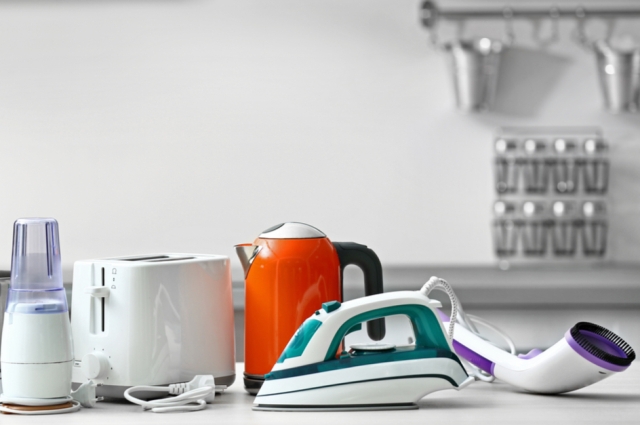
First of all, in order to calculate consumption, you need to know the power of each household appliance, that is, the number of watts consumed in normal daily operation.
On any device, as a rule, there is plate with its electrical characteristics. In extreme cases, they can be found in the instructions. We are interested in the power indicated by W or W, for example, on the device it can be clearly indicated - 40 W, or the amperes “A” must be multiplied by 230 V. Suppose that 230 V 0.17 A can be indicated on the fan - this is about 40 W and etc.
Of the most common and regularly used household electrical appliances, they consume the most: an electric kettle - about 2 kW, an air conditioner (or electric heater) - 2 kW and a microwave oven - 1 kW. We often use them every day, although the air conditioner and heater are rather seasonal appliances, but we will not ignore them either. In order to determine the number of kilowatt hours per month, it is enough to multiply the power and the number of hours of operation of these devices per month. So let's get started.
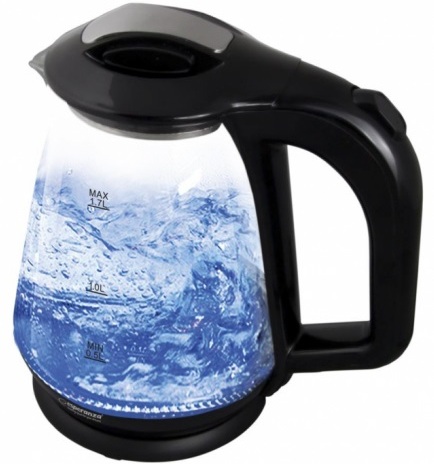
If we assume that the electric kettle works for 20 minutes every day (4 times for 5 minutes), then this is 0.66 kWh per day and, accordingly, 19.8 kWh per month.
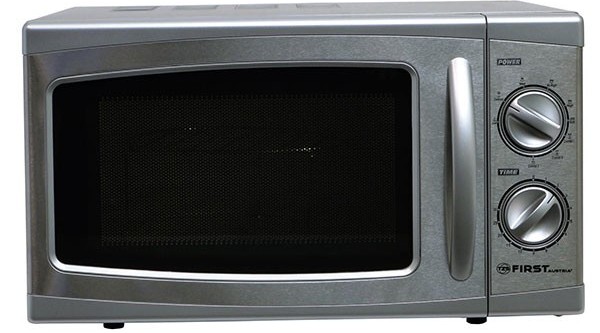
Using the microwave 5 times a day for 3 minutes at full capacity, we get 0.25 kWh per day or 7.5 kWh per month.
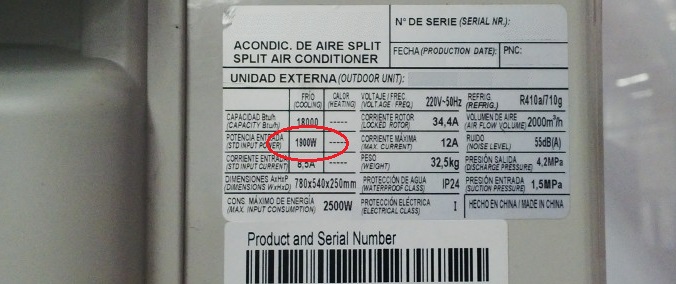
An air conditioner (or heater) working for 8 hours will wind us 16 kWh per day, and 480 kWh will come out in a month. Agree, this is quite a lot.
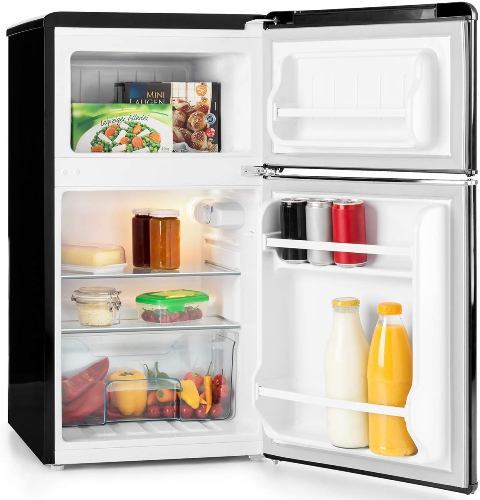
Now pay attention to the refrigerator. He works around the clock. Typically, the documentation for the refrigerator indicates consumption for the whole year. These figures range from 150 to 460 kWh (per year!), Which gives from 19 to 38 kWh per month. As a result, it turns out that the refrigerator wraps at least as much as the kettle, and maybe twice as much.
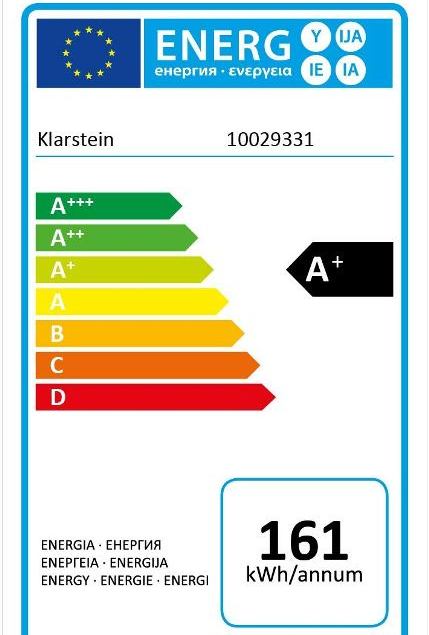
What about the laundry? Much depends on the washing mode, load volume and the temperature to which the machine heats the water. In general, during washing, the engine, pump, and heating elements operate inside the washing machine. Approximately you can take the average power during washing for 1.5 kW. If we assume that washings lasting 1.5 hours are started 3 times a week, then 27 kWh per month. This is the first place.
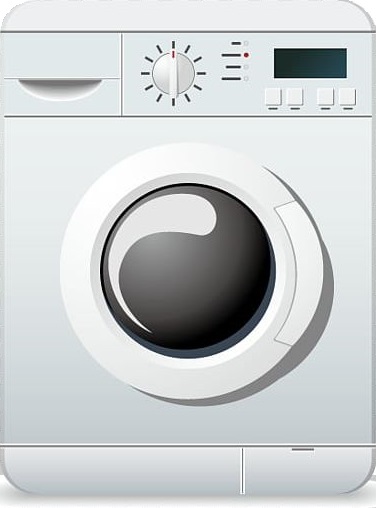
As a result: in the first place - a washing machine, in the second - a refrigerator, in the third - an electric kettle. We consider the air conditioner and heater to be exceptions, since in fairness we will understand that they are not always used and not everywhere.
By the way, we forgot about the iron. Meanwhile, if a housewife strokes 3 times a week for 1 hour, then the consumption is approximately the same as that of an electric kettle.
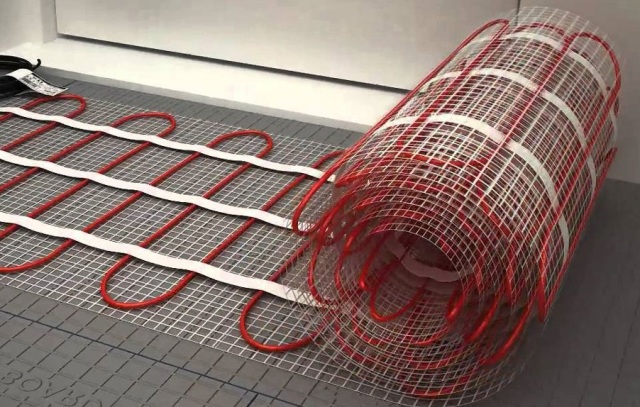
Especially worth noting electric underfloor heating. If you have one, then approximately 0.10 kW per 1 square meter of floor area is accurate. For example, take the bedroom area of 12.5 sq.m. This is 1.25 kW. If the system works 16 hours a day, then it turns out 600 kWh per month. The order of numbers is close to the air conditioner or heater.
Infographics on this topic:
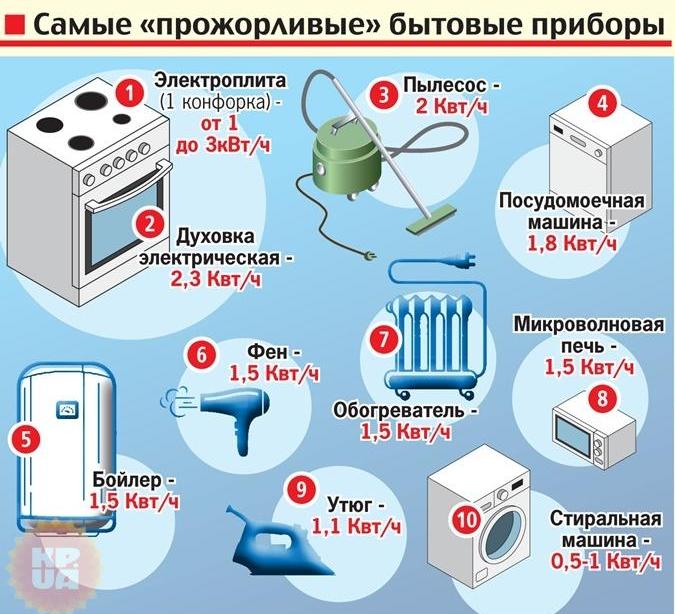
By the way, to more accurately determine the power of a particular consumer, you can use a household wattmeter or meter, a separate article is written about how to do this -How to measure the power consumption of home electrical appliances
With help wattmeter You can do without averaging and get maximum accuracy. Thus, you can take turns measuring the consumption of a computer, TV, fan, desk lamp, and even a charger. To get the result in money, it remains to multiply the resulting value in kWh at your rate for electricity.
See also at i.electricianexp.com
:
